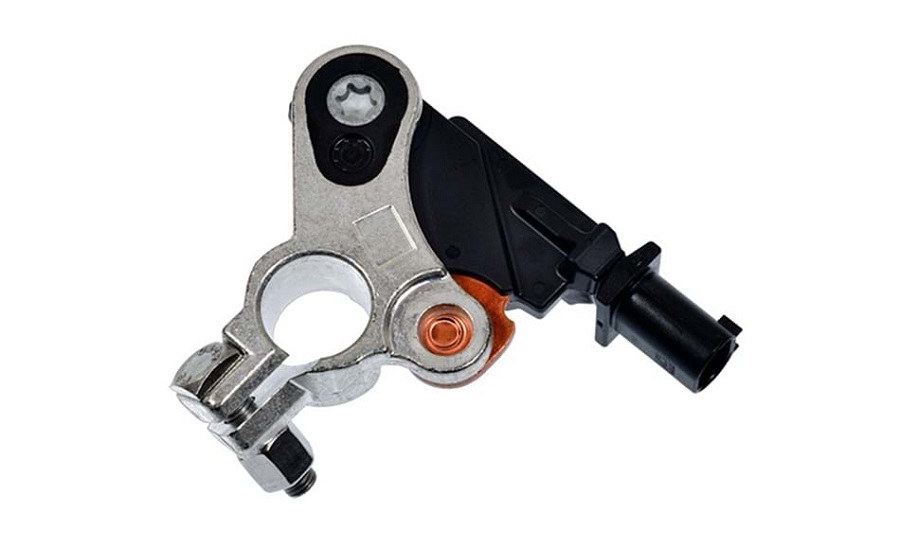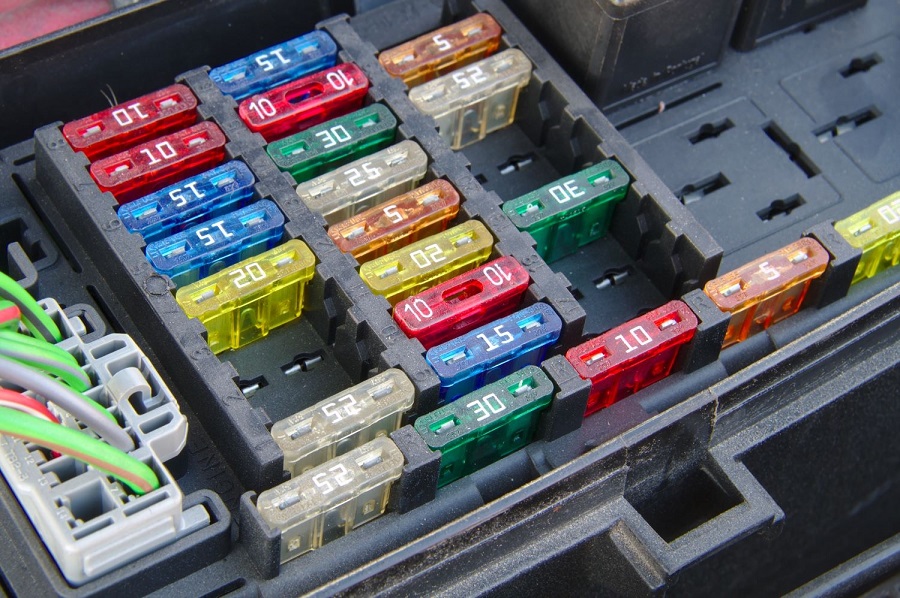Introduction
Oil pressure sensor is a vital part that keeps the engine operating smoothly and long. It is an apparatus that keeps track of an engine’s oil pressure and transmits that data to the dashboard or computer of the car. Engine operation depends on proper oil pressure because it guarantees that all moving parts are sufficiently lubricated, which lowers friction and prevents wear and tear. This article explores the significance, operation, and frequent problems associated with the oil pressure sensor, offering a thorough grasp of this vital part.
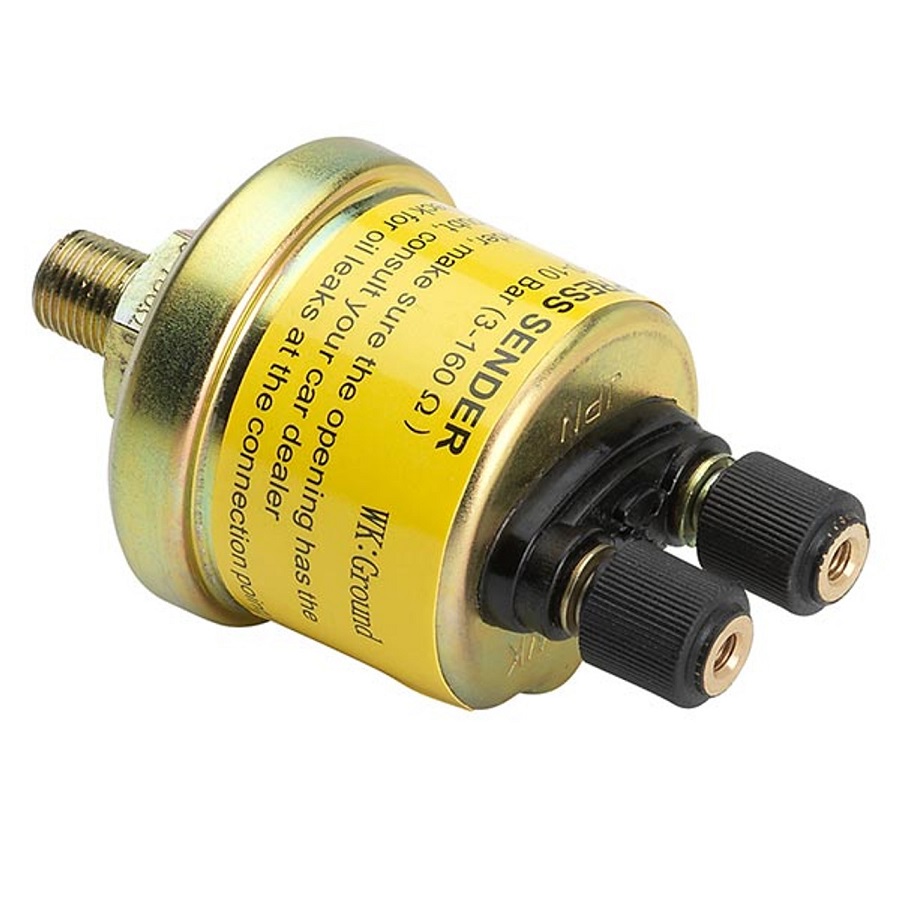
The Function of Engine Oil Pressure
It’s crucial to comprehend why oil pressure is so important for an engine before delving into the mechanics of the oil pressure sensor. All of the moving components of an engine, including the crankshaft, camshaft, and pistons, are kept lubricated by the oil. Insufficient oil pressure causes the oil to lubricate these parts insufficiently, which increases friction, causes the engine to overheat, and ultimately fails the engine.
Oil pressure is produced by the oil pump, which is normally housed in the oil pan of the engine. It pushes oil through the engine’s passageways and onto the important parts. To keep the engine running smoothly, the oil pressure needs to be kept within a certain range. A shallow oil pressure might lead to inadequate lubrication. On the other hand, seals and gaskets may fail under excessive pressure.
An oil pressure sensor: what is it?
The engine control unit (ECU) or the dashboard of the car are the two places where the oil pressure sensor reports the engine’s oil pressure to the driver. This sensor, which measures the pressure of the oil passing through the engine, is usually found on the engine block or close to the oil filter.
Oil pressure sensor come in two primary varieties:
oil pressure sensor of the switch type are basic on/off switches that become active when the oil pressure falls below a predetermined level. The switch stays open and no alert appears when the oil pressure is sufficient. But if the pressure decreases too low, the switch closes and the dashboard oil pressure warning light comes on.
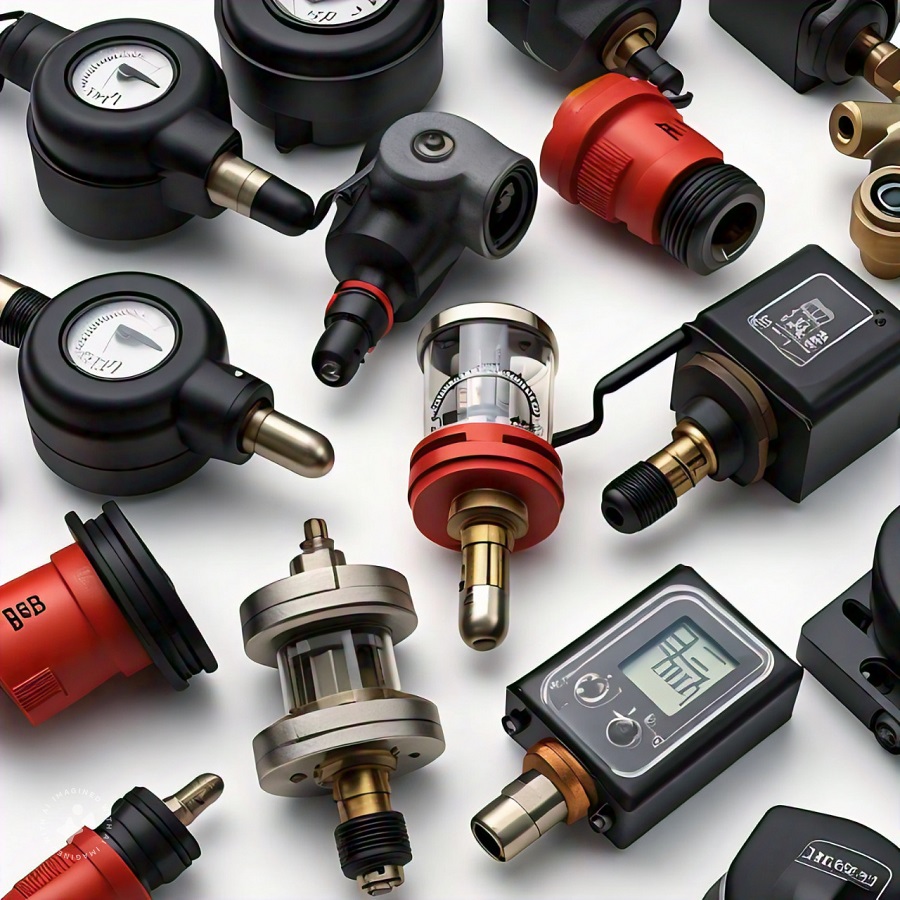
Variable resistance sensors: These sensors offer ongoing oil pressure monitoring. They are made up of a diaphragm that adapts to variations in oil pressure by moving and changing the resistance in the circuit of the sensor. The pressure reading that results from this change in resistance is subsequently shown on the dashboard or utilized by the ECU to modify engine settings.
How Does the Sensor for Oil Pressure Operate?
The oil pressure sensor functions by keeping an eye on the engine’s oil pressure and transmitting data to the dashboard or the car’s computer. The following steps are involved in the process:
Oil pressure sensor: The sensor is in contact with the engine oil, and its internal diaphragm moves in response to variations in oil pressure. In switch-type sensors, this movement activates a switch; in variable resistance sensors, it modifies the circuit’s resistance.
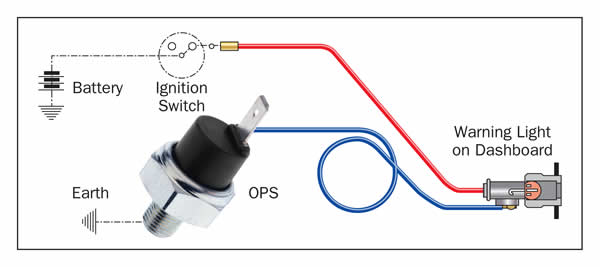
Data transmission: The sensor then transmits the information to the dashboard or computer of the car. When a car has an ECU, the computer can utilize this data to modify engine settings like fuel injection and ignition timing to maximize fuel efficiency.
Driver alert: The oil pressure sensor will illuminate the dashboard with a warning light to let the driver know that there is a problem if the oil pressure drops below a safe level. To avoid damage, the ECU in certain cars may also turn down or stop the engine.
Why the Oil Pressure Sensor Is Important
For an engine to operate well and last a long time, the oil pressure sensor is essential. Inadequate lubrication can lead to catastrophic engine damage, which is avoided by regularly checking the oil pressure. The following are some of the main justifications for the importance of the oil pressure sensor:
Engine protection: The oil pressure sensor‘s main job is to keep the engine safe from harm caused by low oil pressure. The sensor assists in preventing problems like overheating, excessive wear, and even engine failure by warning the driver of low oil pressure.
Performance optimization: In cars with sophisticated engine management systems, the oil pressure sensor sends information to the ECU, which modifies engine settings to maximize efficiency and performance. This lowers the possibility of damage and increases overall efficiency by ensuring that the engine runs within its ideal range.
Early warning system: By serving as an early warning system, the oil pressure sensor allows the driver to solve any problems before they worsen. This can prolong the engine’s life and spare the driver from expensive repairs.
Typical Problems with Sensors for Oil Pressure
Just like any other part of a car, the oil pressure sensor might break down over time. Typical issues include the following:
Inaccurate readings: An oil pressure sensor that isn’t working properly can give false readings, failing to warn the driver of low oil pressure or indicating low pressure when it is normal. If the low oil pressure is ignored, this could result in needless repairs or, worse, engine damage.
Sensor failure can result from the oil pressure sensor wearing out or getting clogged with particles over time. When this occurs, the sensor may completely stop functioning, in which case even when there is an issue, no oil pressure alert will appear.
Electrical problems: Because the oil pressure sensor is linked to the car’s electrical system, any problems with the connections or wiring could lead to a malfunction in the sensor. Sensor malfunction or erroneous readings might be caused by corrosion, faulty connections, or broken wiring.
How to Diagnose and Change an Oil Pressure Sensor
It’s critical to identify and fix any problems with your oil pressure sensor as soon as you suspect they may be causing engine harm. The steps to identify and swap out a malfunctioning oil pressure sensor are as follows:
Look for warning lights: The first indication that there may be a problem with the oil pressure sensor or the oil pressure itself is the presence of an oil pressure warning light. It’s important to look into this further because the warning light can also be a sign of low oil levels or an issue with the oil pump.
Test the sensor: A multimeter can be used by a mechanic to test the oil pressure sensor to ensure that the resistance and voltage are correct. Using a mechanical oil pressure gauge, they can also compare the sensor’s results to the engine’s real oil pressure.
Examine the wiring: The wiring and connections need to be examined if the sensor appears to be operating as intended. To determine whether a malfunctioning sensor is the result of corrosion, loose connections, or damaged wires, look for any of these symptoms.
Replace the sensor: If a malfunction is discovered, the sensor needs to be changed. Usually, this entails disconnecting the wiring, taking out the old sensor, and putting in the new one. Although it’s a very simple procedure, be sure the replacement oil pressure sensor is compatible with the car before proceeding.

Conclusion
An essential part that keeps an engine running smoothly and effectively is the oil pressure sensor. It helps avoid engine damage and prolongs the life of the vehicle by keeping an eye on the oil pressure and warning the driver of any problems. The oil pressure sensor may be kept in optimal working order by routine maintenance and quick attention to any warning indications, which will assist to keep your engine running smoothly. By preventing expensive repairs and guaranteeing a long, trouble-free engine life, knowledge of the significance and operation of the oil pressure sensor can assist both mechanics and drivers in taking better care of their cars.
